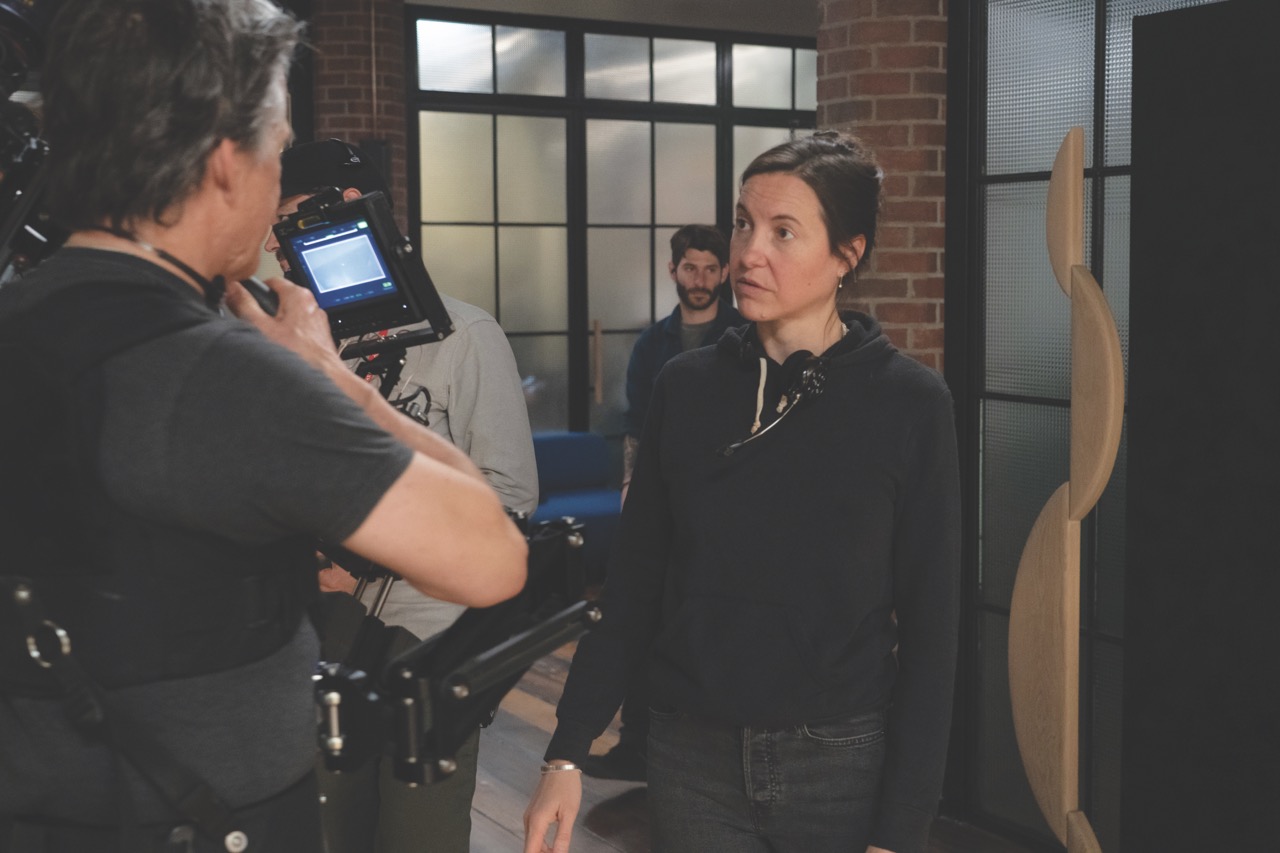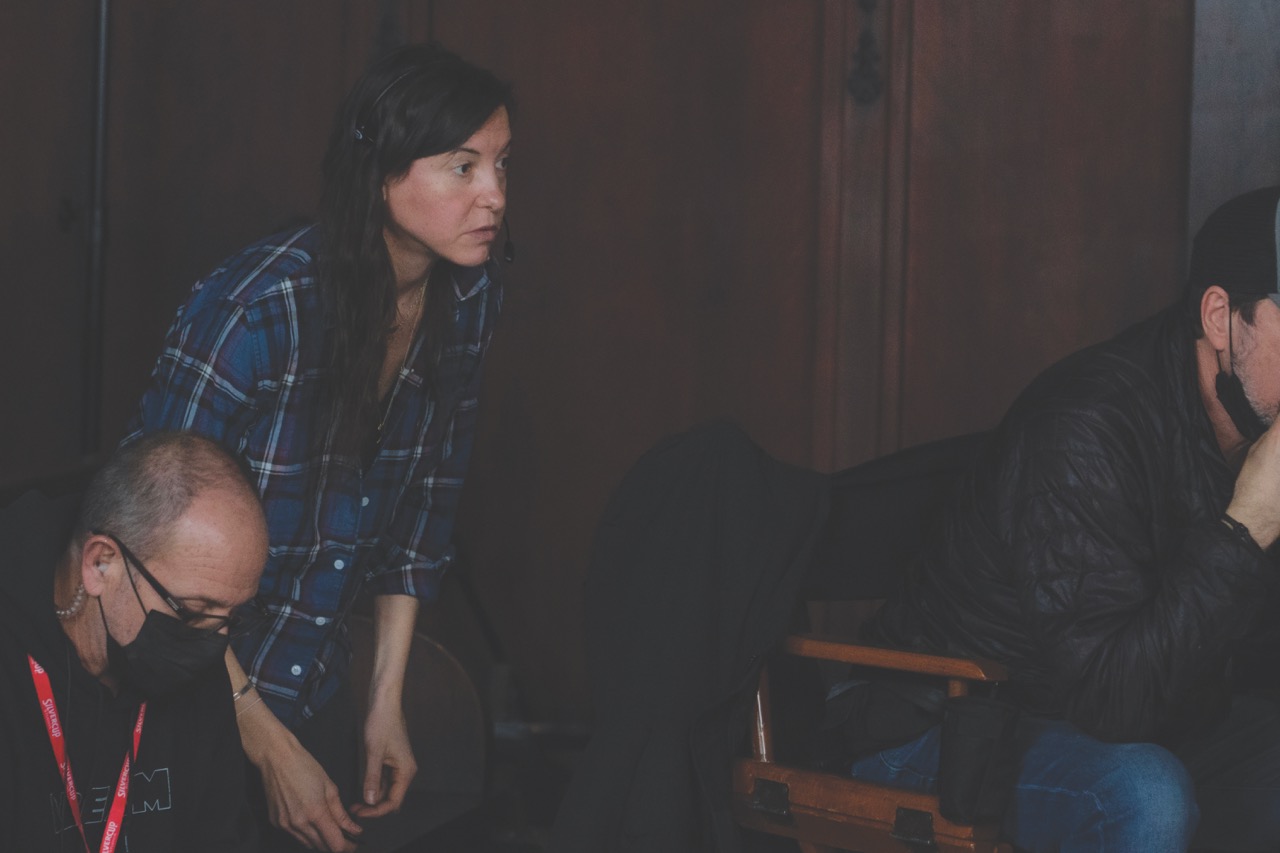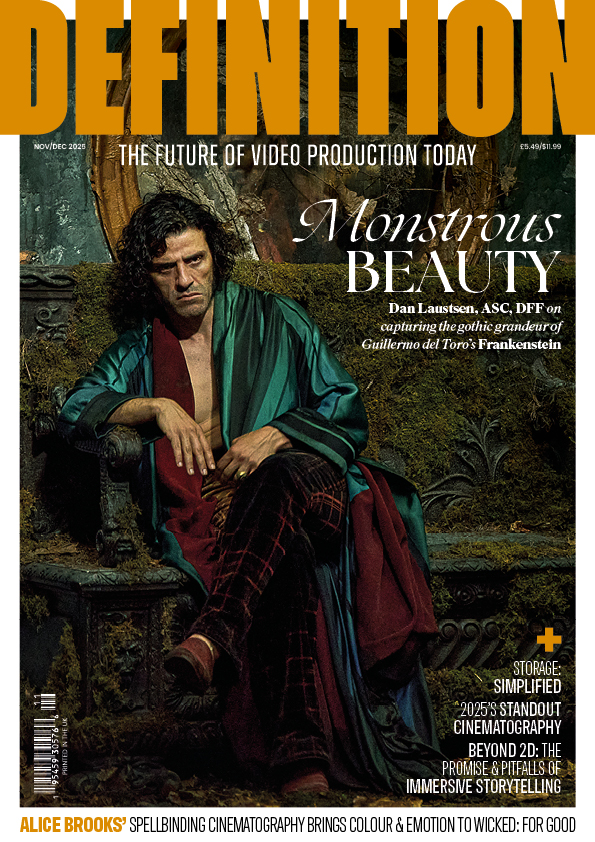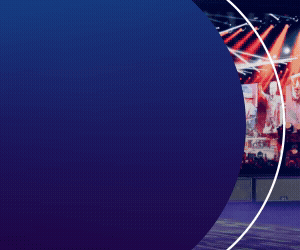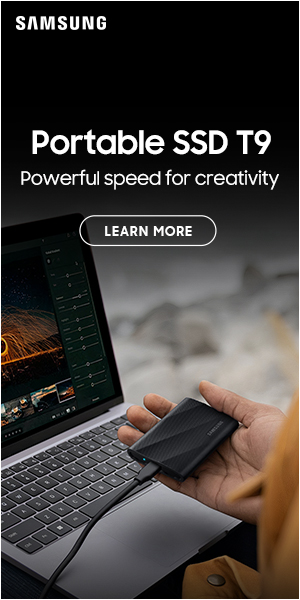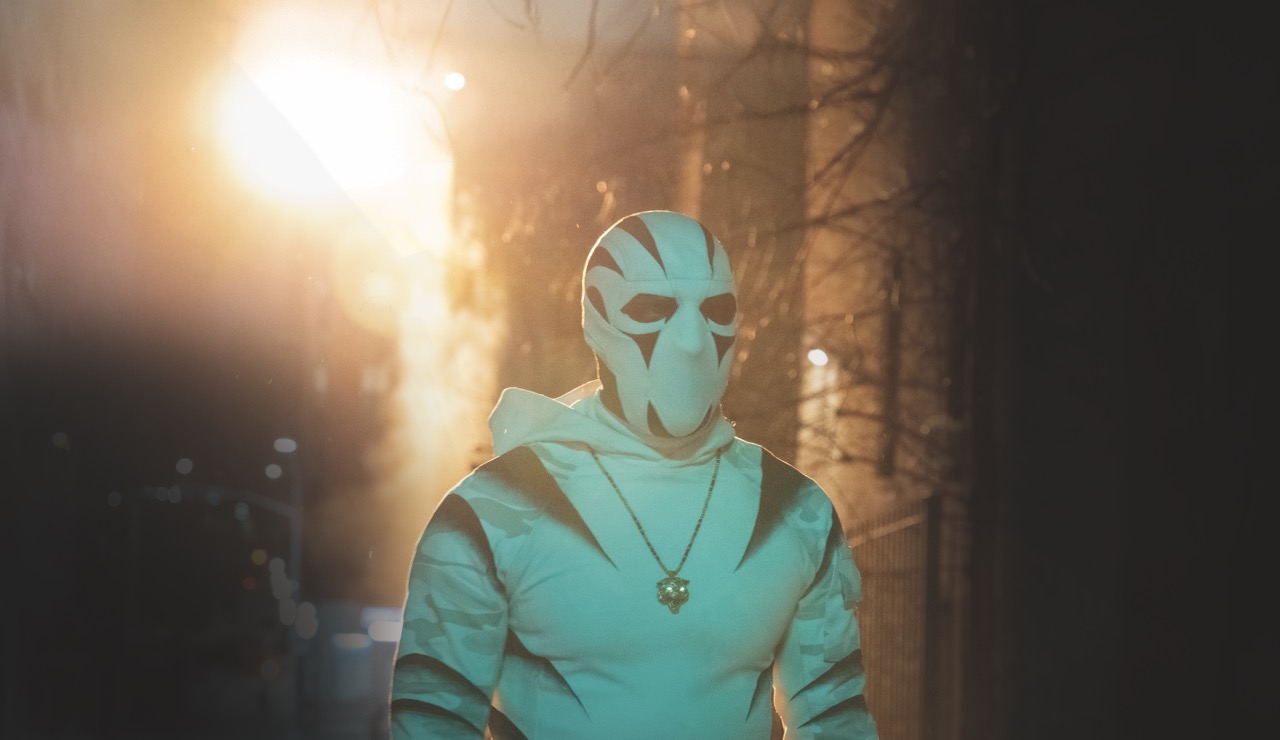
Behind the shot: Daredevil’s new instalment
Posted on Apr 25, 2025 by Admin
Daredevil: Born Again cinematographer Hillary Fyfe Spera delves into the dichotomies of the series
Words Nicola Foley | Images Marvel
Beginning several years after the events of the original Daredevil series (2015-2018), Disney+’s Daredevil: Born Again sees blind lawyer Matt Murdock hanging up his vigilante mask to fight for justice as a lawyer, facing off against crime boss Wilson Fisk. For lead cinematographer Hillary Fyfe Spera, two of the show’s most compelling shots happen in the final sequence of the pilot episode.
“We have a juxtaposition of Murdock moving through a crowd and stopping as red light pulses on his face, intercut with Fisk standing on the balcony of the building in a pulsing white light. The two images are parallel to one another, showing both characters wrestling with their respective alternate identities of Daredevil and Kingpin,” she explains. At this point in the story, both characters are attempting to ‘go straight’ and suppress their dark sides. Murdock has vowed to leave Daredevil behind after losing his best friend, Foggy Nelson, while Fisk has just been elected mayor of New York City. “And yet, the reality of their other selves is always with them,” teases Spera.
The creative vision was to set up two scenarios representing the characters and story arcs of Fisk and Murdock as they start to re-engage with their alter egos. “Both men are walking towards edges, alone – one on a balcony that overlooks the city and the other at the edge of a street looking out through the crowd – each finding themselves there.”
Fisk’s scene was shot on the balcony of a Manhattan hotel penthouse using a jib from more than 40 storeys below, while Murdock’s was captured at street level with a 50ft Technocrane, moving through a crowd – all shot on location in New York. “Shooting in NYC is always an interesting challenge for logistics and access – and being privy to the elements – but both went extremely smoothly, all thanks to our incredible and dedicated crew,” remembers Spera.
The team used ARRI ALEXA 35 cameras paired with Panavision G Series anamorphic primes, choosing a Libra head for the crane, and lighting played a key role in determining the look. Fisk’s frame is bathed in hard white light in a deliberate nod to Frank Miller’s iconic comic imagery: sharp contrast, stark angles and that unmistakable white suit. “Fisk steps into the klieg lights like he’s claiming the city,” Spera affirms. “Even though he’s mayor now, the Kingpin is always there, pulsing under the surface.”
Murdock, meanwhile, walks through a crowd of people celebrating Fisk’s victory at street level. “As he walks through the mayhem, a pulsing red light grows on his face as he’s backlit, signifying the inevitable return to his fate as Daredevil.
“The duality of both these characters is what interested me so much about the visual opportunities; their humanity, haunted identities and the pasts we can’t escape from,“ Spera explains.
The scenes were storyboarded in great detail and brought to life by gaffer Charlie Grubbs, key grip Matt Staples and A camera operator Tom Schnaidt. Spera believes they anchor the visual language of the whole show. “They express the identities of Kingpin and Daredevil using their signature colours, foreshadowing what’s to come in their stories,” she says. “Fisk is usually shot from below with a wide-angle lens to emphasise his stature and oppressive size, but Murdock’s world is often shot handheld, more naturalistic and at street level, with a warmer lighting palette and intentional use of red.
“Both shots were well planned and executed – fairly seamlessly,” she shares. “That said, using smoke or haze is always a wild card. But when it cooperated, it helped the lighting nicely hold colour.”
These scenes in Daredevil echo the visual style of Lady in the Lake. Take a look behind the shot to see how light and framing reveal deeper truths in this production.
This story appears in the April 2025 issue of Definition


